Archaeologists have been exploring the ancient Mayan Temple of Kukulkan and the ruins of Chichén Itzá for the first time in more than five decades. As they have stated, the first two weeks of the research have already provided interesting new discoveries.
Archaeologists Could Verify Local Legends with the Use of Modern Technology
A team of archaeologists from the Great Maya Aquifer Project is attempting to discover if local legends of an elaborate underworld are myth or reality. The team plans to investigate the ancient Mayan Temple of Kukulkan and the ruins of Chichén Itzá with the use of a modified ground-penetrating radar that will help them explore the structure of the step-pyramid, looking for passages and rooms as National Geographic reports.
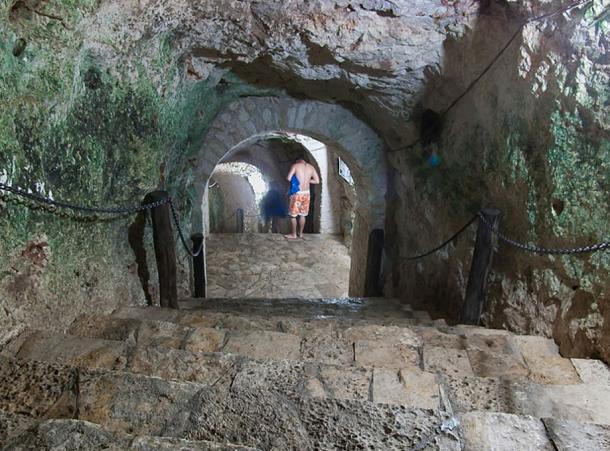
Cenote passageway at Chichen Itza (CC BY-SA 3.0)
They also plan to scan the wider area of Chichen Itza to find tunnels and caves, while they will use a kayak-mounted sonar to investigate sinkholes. “Something on this scale has never been attempted, but we’re confident that it will help us understand this site in a way that wasn’t possible before,” Guillermo de Anda, an underwater archaeologist with Mexico’s National Institute of Anthropology and History and director of the Great Maya Aquifer Project tells National Geographic.
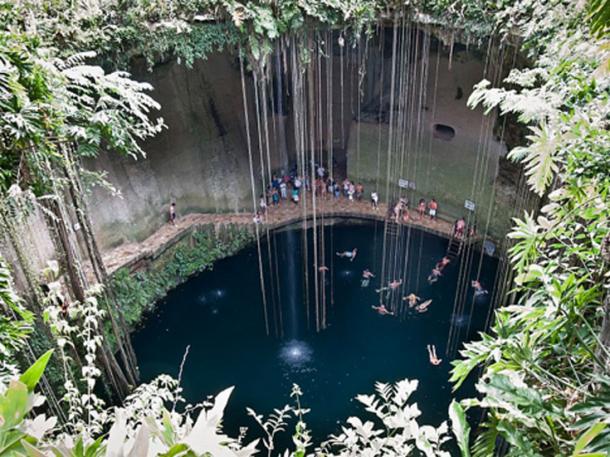
The Ik Kil cenote, close to Chichén Itzá, México (CC BY SA 3.0)
The Architectural Wonder of “El Castillo”
According to archaeologists, this will be the first inclusive exploration of the site in more than five decades. The step-pyramid, popularly known as “El Castillo”, looms at the center of Chichén Itzá, a 79-foot pyramid of stone. Also known as the Temple of Kukulkán, the structure embodies Mayan myth along with natural astronomical cycles.
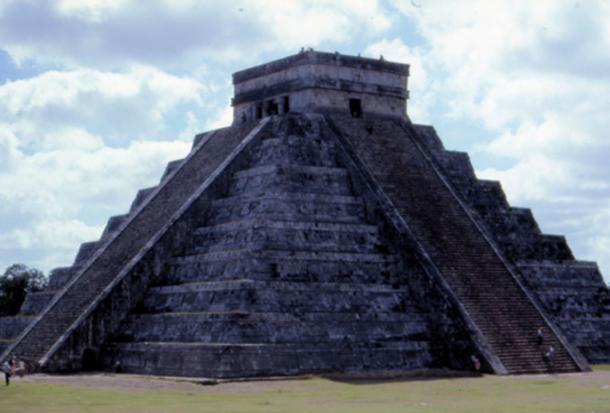
El Castillo Pyramid at Chichén Itzá, one of best known archaeological sites of the Maya civilization (CC BY 2.0)
The phenomenon that El Castillo is famous occurs twice each year, at the spring and fall equinoxes. As the equinox sun sets, a play of light and shadow creates the appearance of a snake that gradually undulates down the stairway of the pyramid. This diamond-backed snake is composed of seven or so triangular shadows, cast by the stepped terraces of the pyramid. The sinking sun seems to give life to the sinuous shadows, which make a decidedly snaky pattern on their way down the stairs.
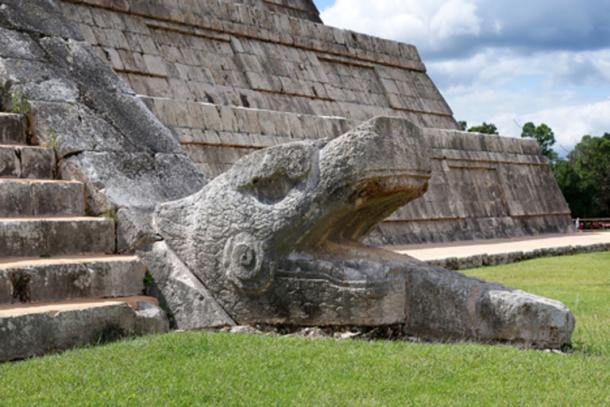
Serpent head at the base of El Castillo (CC BY ND 2.0)
Thousands of people gather to see this phenomenon, which may have been viewed by the ancient Maya as the manifestation of the god Kukulkán, the feathered serpent. But was the effect intentional, or merely just an accident? It isn’t possible to read the minds of the Maya who built the structure roughly a thousand years ago, but various signs suggest the effect was deliberately created. The most obvious of those signs are the large snake-head sculptures carved into the base of the stairway. As the shadow moves down the stairway, the body of the snake ultimately unites with one of these enormous heads.
Great Discoveries Have Taken Place Already
The project is currently underway, with the first two weeks being very productive for the archaeologists, as they have already discovered two submerged caves and several dry caves, one of which contains a stone carving of a female figure. Experts suggest that an accurate picture of water flows will help them reveal the locations of new subterranean passages beneath the historic site, and perhaps the mythical labyrinth itself, if it really exists. “With this data, I believe we will conclusively find out if the local legends of an elaborate underworld are true,” Guillermo de Anda tells National Geographic.
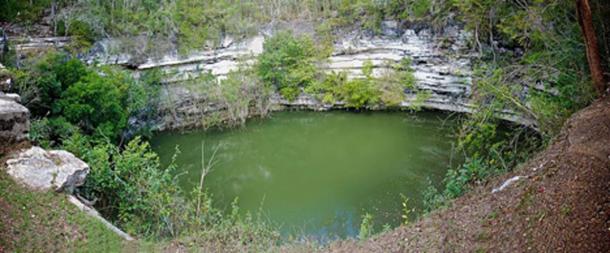
“Cenote de los Sacrificios” at Chichén Itzá, a karst lake (CC BY 3.0)
For now, however, all they can hope is that modern technology will allow them to create a 3D map of the site. “We need to wait for the data to be processed to have a better interpretation of what it all means,” Corey Jaskolski (who is leading the digital preservation project) told National Geographic. And continued, “But I believe that this approach will tell us much more about the structure of the pyramid and what may be hidden behind its inner walls. In the end, we’ll be able to combine data from these imaging tools and produce a millimeter-scale, 3D ‘super map’ of the entire site, above and below the ground.”
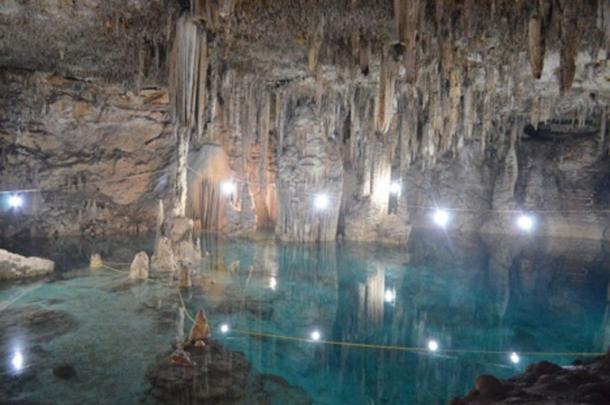
‘Secret’ Cenote, one of the known underground caves at Chichen Itza (CC BY-SA 4.0)
The project is supported by a grant from the National Geographic Society and overseen by Mexico’s National Institute of Anthropology and History.
Source: Ancient Origins
































Leave a Comment
You must be logged in to post a comment.